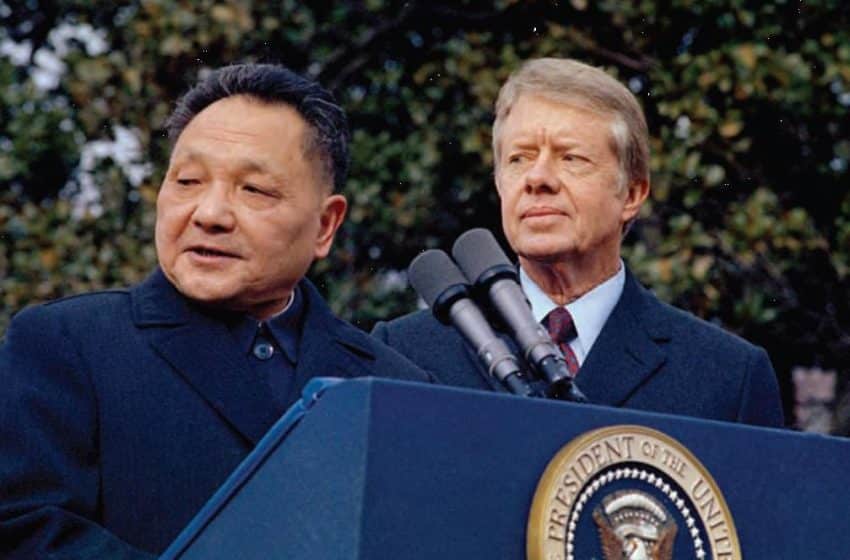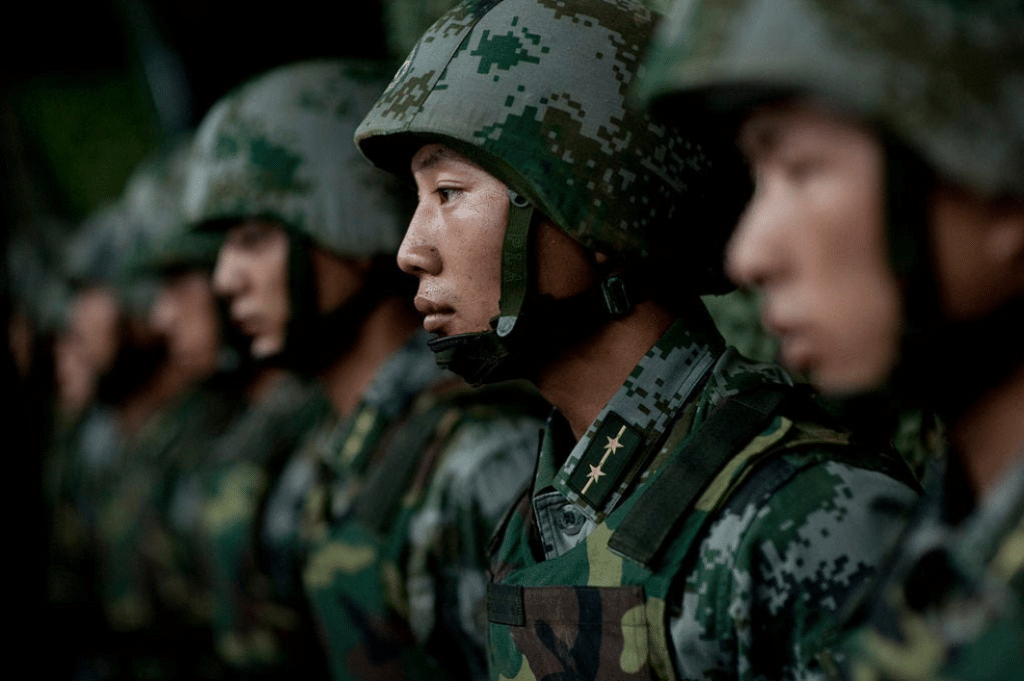Brazil’s Boom-Era Missteps Now Haunt Economy
Brazil’s deep recession and political upheaval may have a familiar ring given the country’s history of recurrent economic and political instability.
This, however, is not your father’s Brazilian crisis.
Brazil, like many emerging economies during the 1980s and ’90s, regularly suffered what economists call a “sudden stop.” An overvalued currency and high inflation would undermine competitiveness and encourage foreign borrowing. Foreign capital would flee, the currency would collapse, and governments, banks or companies would default on their foreign currency loans.
Today is very different. Brazil’s currency floats. Inflation is 10% and falling. Most borrowing is in local currency. Banks are sound and foreign currency reserves are plentiful, at $370 billion.
Far from being a sudden stop, the current crisis is the consequence of years of underinvestment, protectionism and overregulation. Those problems were papered over by a commodity boom that has now deflated.
The political turmoil revolves around kickbacks skimmed off state-controlled oil giant Petrobras. But the real scandal is how little benefit the country’s oil wealth produced. Today, Brazil’s per capita income, adjusted to reflect the actual purchasing power of currencies, is 27% of the U.S.—down from 30% in 2010 and 38% in 1980.
Though Brazil’s predicament is particularly acute, it is shared by many emerging economies, such as Russia and South Africa, that basked in the China-driven commodity boom. Many emulated China’s model of state-directed economic management but, fatally, not China’s focus on high investment and manufactured exports as drivers of productivity and growth. An International Monetary Fund staff study of 18 countries such as Saudi Arabia and Ecuador from 1998 to 2011 found that in none did productivity growth outside the commodity sector accelerate during the boom.
Chinese public and private investment equal 43% of total gross domestic product. That has its drawbacks, such as excess capacity and debt; but it has generated impressive productivity growth. By contrast, Brazil invests far too little, just 17% of GDP, less even than Latin American peers Chile, Colombia and Mexico.
Historically, private investment was hobbled by Brazil’s high and volatile inflation and interest rates. Under President Fernando Henrique Cardoso in the late 1990s and early 2000s, the currency was floated, inflation tamed and the budget brought under control. His conservative polices continued under his leftist successor Luiz Inácio Lula da Silva, elected in 2002.
Brazil, like many emerging markets, shrugged off the rich world’s financial crisis. After shrinking slightly in 2009, it grew 7.5% in 2010, helped by commodity prices, the discovery of massive offshore oil deposits and a Keynesian splurge of government spending and subsidized credit. That year the IMF confidently put Brazil’s long-term potential growth rate at 4%.
But both the IMF and Brazil mistook the boom as sustainable. Growth ground to a halt by 2014 as rising inflation and falling unemployment signaled that the economy had hit its productive limits. “Macroeconomic success blinded people to absence of reform,” says Ilan Goldfajn, chief economist at Sâo Paulo-based Itaú Unibanco. The tax system was and remains onerous and mind-numbingly complex. Extensive subsidized credit misallocates capital and undermines monetary policy.
Most serious, the commodity revenue windfall was badly misspent. From 2000 to 2015 federal spending soared from 14% to 20% of GDP, notes Mr. Goldfajn, but the increase went entirely to consumption and income distribution.
Some of this was admirable, such as Bolsa Familia, which provided cash grants conditional on children attending school and getting vaccinated. Others, less so; the kickbacks that Petrobras’s suppliers allegedly paid to politicians are only the most prominent example of the country’s endemic cronyism. A study by Francesco Caselli and Guy Michaels at the London School of Economics found that in municipalities blessed with windfall oil revenue, municipal workers’ houses got bigger but other houses did not.
Little of that money found its way into Brazil’s woefully underdeveloped infrastructure, likely to be tested by the Olympics this year. Public investment is just over 2% of GDP, the federal share around 1%. Chinese leaders have focused far more on growth than redistribution; local infrastructure investment averages 6% of GDP. Today, China has 32 times as many miles of paved roads and three times as many miles of railroads per square mile as Brazil, according to the McKinsey Global Institute. That disparity is an important reason China is deeply integrated into global supply chains and Brazil is not. Another is Brazil’s import barriers. China’s exports equal 26% of GDP while Brazil’s are just 13%, one of the lowest among large economies. It has about as many exporting companies as Norway despite having 40 times as many people, one study notes.
Brazil’s long-term growth rate is probably only a bit above 2% now. Monica de Bolle, an economist at Pontifical Catholic University of Rio de Janeiro thinks Brazilian inflation could be headed to 20% asthe country turns to it as a de facto tax on bondholders. “The stage thus seems set for a modified re-enactment of Brazil’s past.” This is still not a sudden stop like days of old. But a crisis is no less painful for having unfolded over many years instead of at once.
By GREG IP Mar. 23, 2016 on the Wall Street Journal
Read more here








